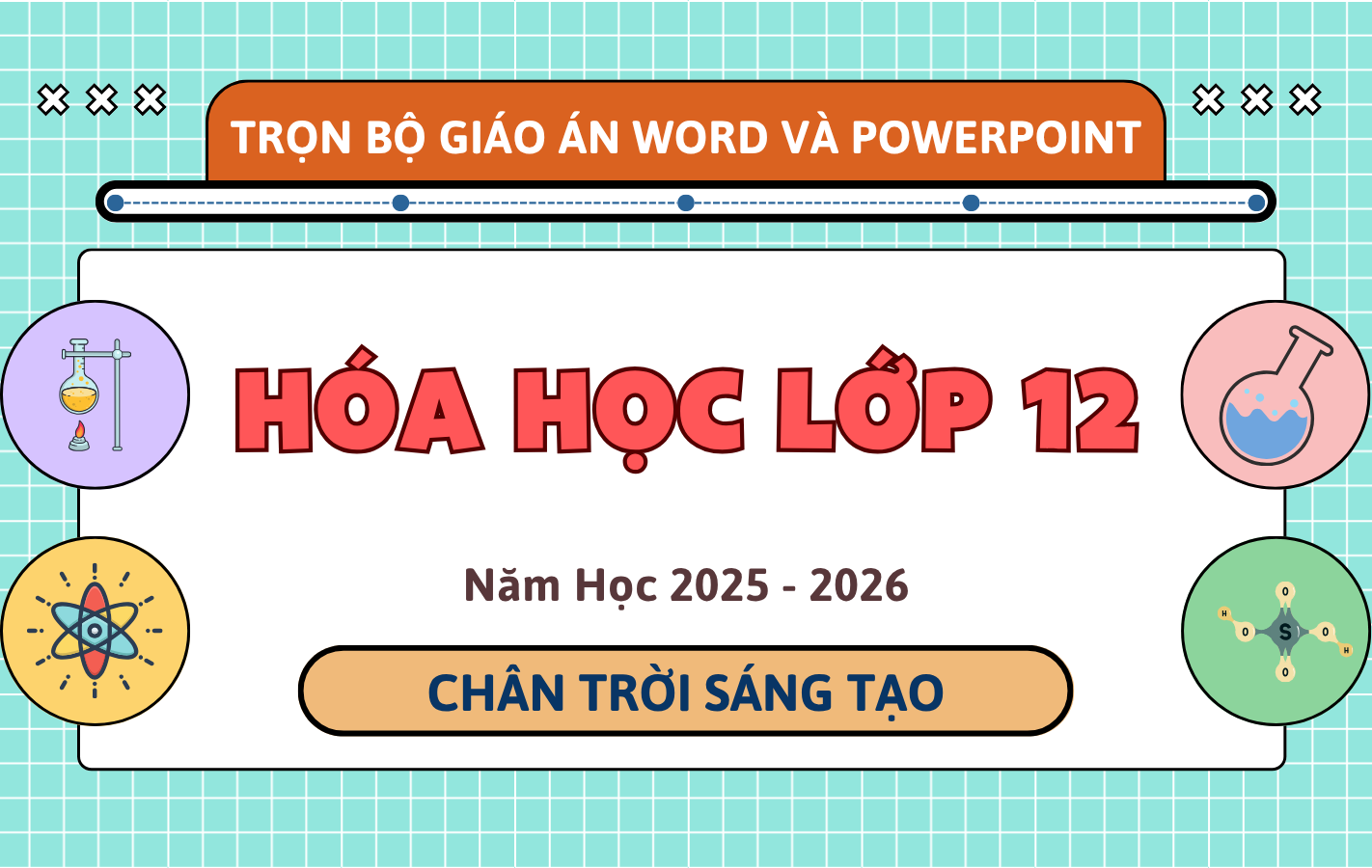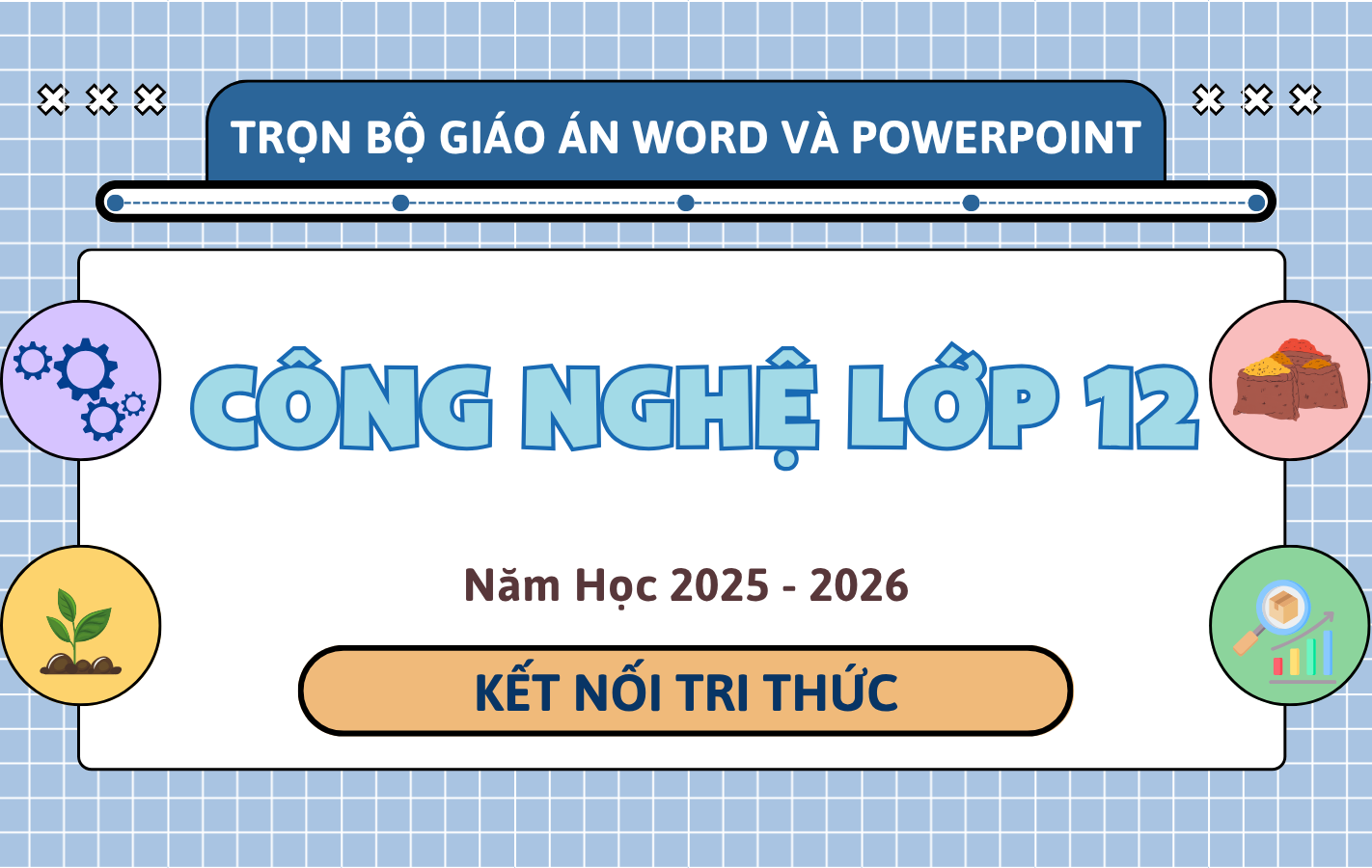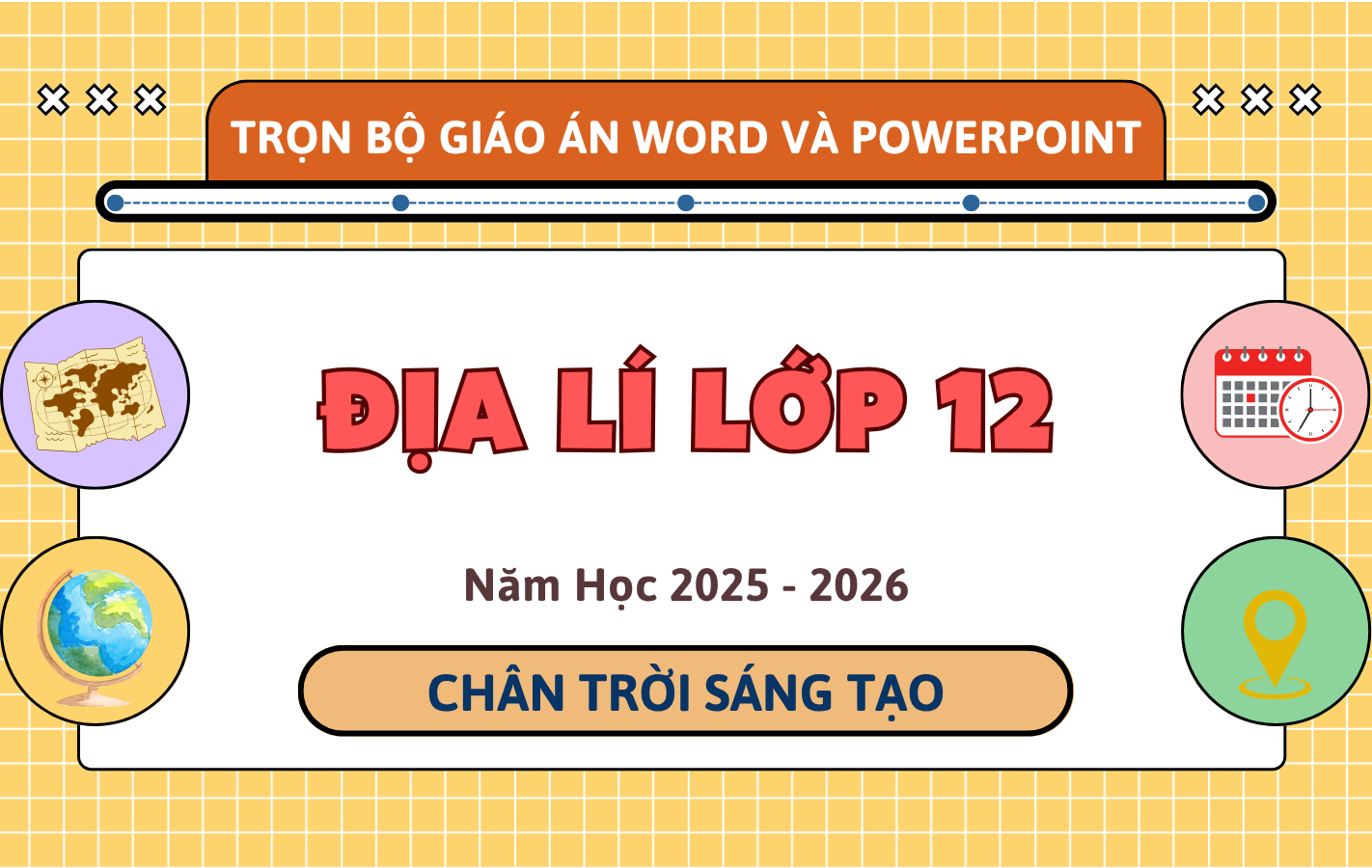Câu hỏi:
Read the following passage and mark the letter A, B, C, or D on your answer sheet to indicate the correct answer.
Global Issues: Gender Equality and Women’s Empowerment
Gender equality means that men and women have equal power and equal opportunities for financial independence, education, and personal development. Women's empowerment is a critical aspect of achieving gender equality. It includes increasing a woman's sense of self-worth, her decision-making power, her access to opportunities and resources, her power and control over her own life inside and outside the home, and her ability to effect change. Yet gender issues are not focused on women alone, but on the relationship between men and women in society. The actions and attitudes of men and boys play an essential role in achieving gender equality.
Education is a key area of focus. Although the world is making progress in achieving gender parity in education, girls still make up a higher percentage of out-of-school children than boys. Approximately one quarter of girls in the developing world do not attend school. Typically, families with limited means who cannot afford costs such as school fees, uniforms, and supplies for all of their children will prioritize education for their sons. Families may also rely on girls' labor for household chores, carrying water, and childcare, leaving limited time for schooling. But prioritizing girls' education provides perhaps the single highest return on investment in the developing world. An educated girl is more likely to postpone marriage, raise a smaller family, have healthier children, and send her own children to school. She has more opportunities to earn an income and to participate in political processes, and she is less likely to become infected with HIV.
Women's health and safety is another important area. HIV/AIDS is becoming an increasingly impactful issue for women. This can be related to women having fewer opportunities for health education, unequal power in sexual partnership, or as a result of gender-based violence. Maternal health is also an issue of specific concern. In many countries, women have limited access to prenatal and infant care, and are more likely to experience complications during pregnancy and childbirth. This is a critical concern in countries where girls marry and have children before they are ready; often well before the age of 18. Quality maternal health care can provide an important entry point for information and services that empower mothers as informed decision-makers concerning their own health and the health of their children.
A final area of focus in attaining gender equality is women's economic and political empowerment. Though women comprise more than 50% of the world's population, they only own 1% of the world's wealth. Throughout the world, women and girls perform long hours of unpaid domestic work. In some places, women still lack rights to own land or to inherit property, obtain access to credit, earn income, or to move up in their workplace, free from job discrimination. At all levels, including at home and in the public arena, women are widely underrepresented as decision-makers. In legislatures around the world, women are outnumbered 4 to 1, yet women's political participation is crucial for achieving gender equality and genuine democracy.
Why do girls still make up a higher percentage of out-of-school children than boys?
Đáp án đúng: B
Giải thích:
Dịch đề bài: Tại sao số lượng con trai đến trường vẫn chiếm tỷ lệ cao hơn so với con gái?
Because girl’s ability to learn is not as good as its boy: Bởi vì khả năng học tập của con gái không tốt bằng con trai.
Because some families give priority to boys: Bởi vì nhiều gia đình giành sự ưu tiên cho con trai.
Because the number of girls is larger than that of boys: Bởi vì số lượng con gái lớn hơn con trai.
Because many girls prefer doing household chores, carrying water and taking care of children than studying: Bởi vì con gái thích làm việc nhà, gánh nước và chăm sóc trẻ em hơn là học tập.
Trích đoạn có thông tin: Typically, families with limited means who cannot afford costs such as school fees, uniforms, and supplies for all of their children will prioritize education for their sons. Families may also rely on girls' labor for household chores, carrying water, and childcare, leaving limited time for schooling.
Tạm dịch: Thông thường, những gia đình không đủ khả năng chi trả các chi phí như học phí, đồng phục và đồ dùng cho tất cả con cái trong gia đình, họ sẽ ưu tiên giáo dục cho con trai của họ. Trong những gia đình này, con gái thường làm việc nhà, gánh nước hoặc chăm sóc trẻ em, cho nên, thời gian học tập sẽ bị hạn chế.
Câu hỏi này thuộc đề thi trắc nghiệm dưới đây, bấm vào Bắt đầu thi để làm toàn bài
Bộ test ôn luyện được thiết kế bám sát cấu trúc và tiêu chí của kỳ thi Đánh Giá Năng Lực ĐHQG TP. HCM năm 2025, giúp học sinh làm quen với toàn bộ định dạng đề thi chính thức. Gồm đầy đủ 3 phần: Sử Dụng Ngôn Ngữ (Tiếng Việt – Tiếng Anh), Toán Học, và Tư Duy Khoa Học, bộ test cung cấp hệ thống câu hỏi chuẩn, phân bố hợp lý theo thời gian làm bài 150 phút. Đây là tài liệu luyện tập toàn diện, hỗ trợ học sinh rèn kỹ năng giải nhanh, tư duy phân tích và làm chủ kiến thức liên ngành, từ đó tăng tốc về điểm số và tự tin bước vào kỳ thi thật.
Câu hỏi liên quan

Trọn Bộ Giáo Án Word & PowerPoint Tiếng Anh 12 – I-Learn Smart World – Năm Học 2025-2026

Trọn Bộ Giáo Án Word & PowerPoint Tiếng Anh 12 – Global Success – Năm Học 2025-2026

Trọn Bộ Giáo Án Word & PowerPoint Hóa Học 12 – Kết Nối Tri Thức – Năm Học 2025-2026

Trọn Bộ Giáo Án Word & PowerPoint Hóa Học 12 – Chân Trời Sáng Tạo – Năm Học 2025-2026

Trọn Bộ Giáo Án Word & PowerPoint Công Nghệ 12 – Kết Nối Tri Thức – Năm Học 2025-2026
